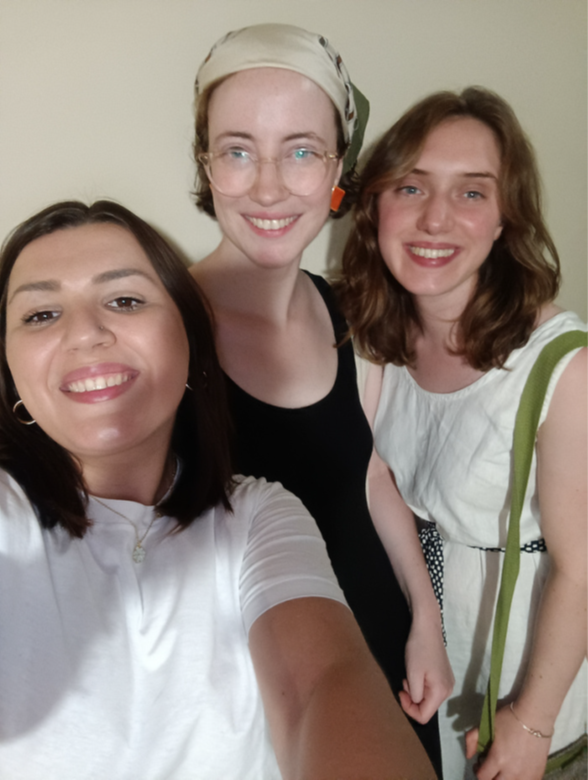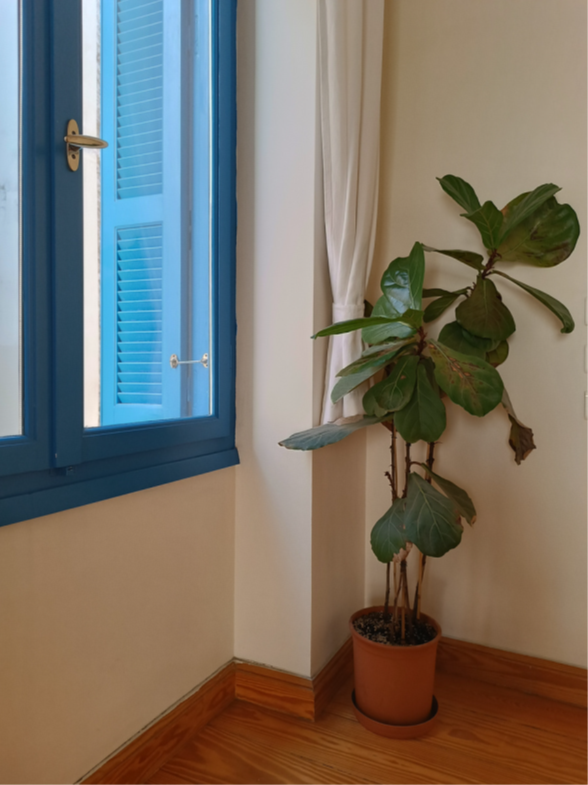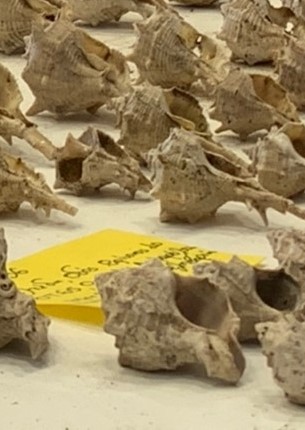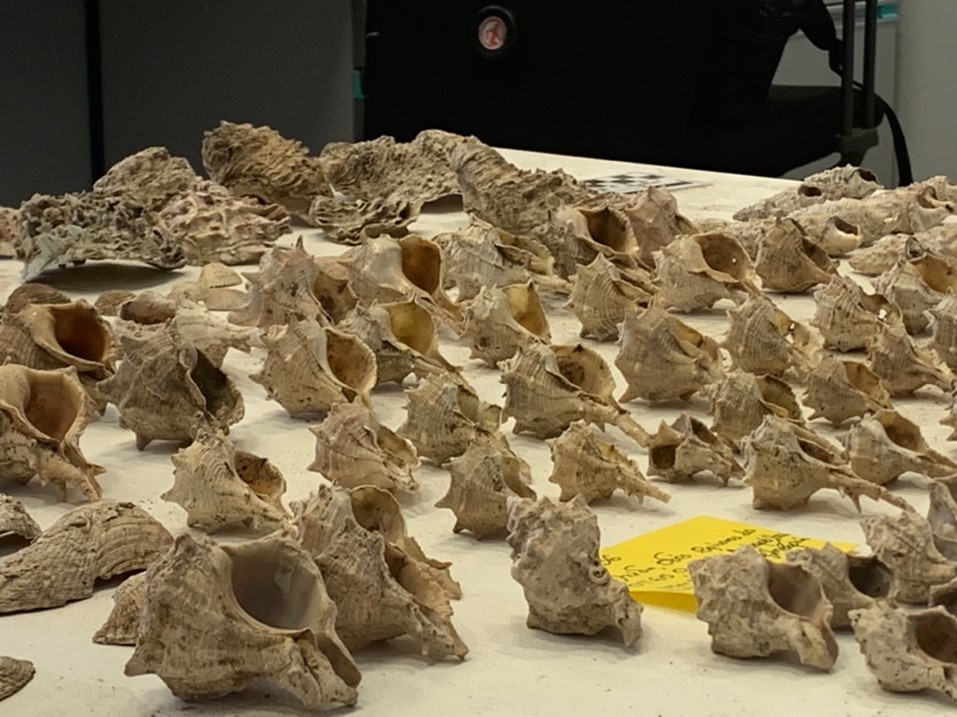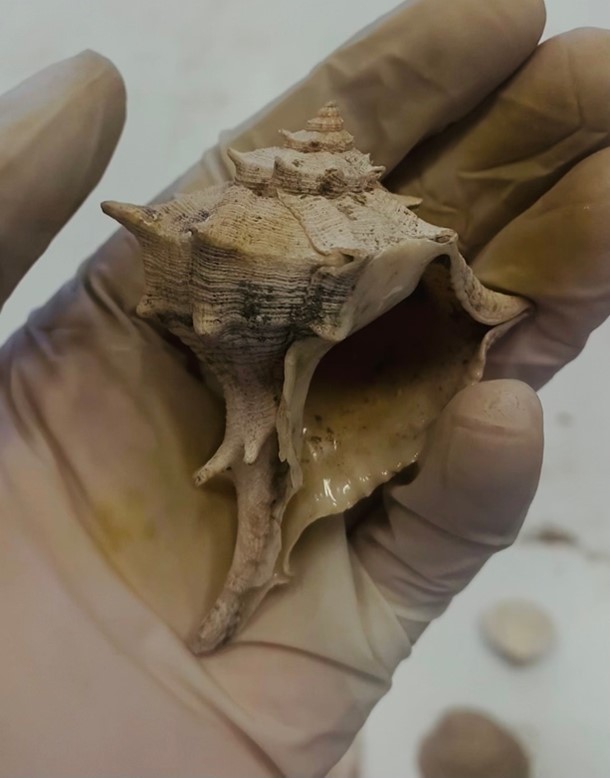By Christina Rosi, BA-student Athens School of Fine Arts
Participating in the Summer School by The Netherlands Institute at Athens and the Documentary and Multimodal Ethnographic Approaches course in 2023 was an extraordinary journey that left an indelible mark on my personal and artistic development. The experience was both enlightening and interesting, offering a unique blend of practical and theoretical knowledge that broadened my horizons and enriched my artistic background. The course was intense, but the invaluable lessons and experiences I gained made it truly life-changing.
From the outset, I was captivated by the expertise of the instructors. They were not only amazing but also incredibly helpful throughout the entire experience. Their guidance and support encouraged us to explore beyond our comfort zones and push our creative boundaries. The opportunity to collaborate with two talented individuals with diverse academic backgrounds was a defining moment. Combining our strengths and differences, we successfully created something unique and meaningful.
One of the most remarkable aspects of the experience was the opportunity to meet incredible people from all around the world. The diverse cultural backgrounds and perspectives of my fellow participants enriched our discussions and projects. The multicultural environment fostered a sense of global camaraderie and inspired us to see the world through a more open and inclusive lens.
The pinnacle of our collaboration was the project I undertook with Alice Abrams and Carmin. Together, we created an interactive map using Klynt that showcased the stories of artisans and their craft in the Koukaki neighborhood. The map, centered around artisanal works, featured captivating photographs, audio, video, and text, offering users a multi-sensory and immersive experience.
The decision to use an interactive map was strategic and well thought out. We wanted to preserve a sense of space, emphasizing the locality and context of the artisans’ workshops in Koukaki. Additionally, the interactive format allowed us to cater to different audiences, from curious tourists to those genuinely interested in learning about the artisans’ lives and work.
Looking back, the Summer School and Documentary Course in Athens exceeded all my expectations. The knowledge, skills, and connections I gained during this transformative experience have been instrumental in shaping my artistic growth and worldview. The collaboration with diverse and talented individuals challenged and expanded my creative boundaries, leaving me with a profound appreciation for the power of art and storytelling.
If given the opportunity, I would undoubtedly participate in such an enriching experience again. The Summer School in Athens has not only added value to my artistic background but has also been a pivotal moment in my journey as an artist and global citizen.
Our innovative twist on the market exchange concept was a success. By guiding the viewers through the entire process before returning to the home screen, we encouraged a deeper engagement with the artisans’ stories. This approach fostered a more meaningful understanding of their production process, experiences, and the impact of gentrification on their lives.
The inclusion of various multimedia elements provided a holistic view of the artisans’ lives and work. The combination of photographs, audio, video, and text allowed us to present a comprehensive and authentic portrayal of their experiences.
July 2023
SPECIAL THANKS TO
Prof. Dimitrios Dalakoglou (anthropologist, University of Leiden)
Associate Prof. Mark Westmoreland (anthropologist, University of Leiden)
Dr. Tryfon Bampilis (anthropologist, NIA)
Dr. Nicholas Karachalis (urban studies, NIA/University of Aegean)
Dr. Dana Papachristou (media theory, University of Thessaly / toaesthate.org)
Dr. Elpida Rikou (artist/ anthropologist, TWIXTlab)
Drs. Metje Postma (anthropologist/ film director, University of Leiden)
Maro Anastopoulou (film director)
Constantinos Diamantis (visual & media anthropologist, University of Thessaly/fiji.gr)
Fotini Gouseti (artist/ anthropologist, University of Thessaly)
Giorgos Samantas (anthropologist, TWIXTlab /toaesthate.org)
